Soybean Planting Tips to Start the Season Right
This article was originally posted by Syngenta's Know More, Grow More agronomy blog Plant early: Typically, most soybeans are planted between late April and early [...]
Be Ready for Early-Season Soybean Insects and Diseases
Article originally posted by Syngenta's Know More, Grow More agronomy blog Early-season insects: Bean leaf beetle: This pest tends to emerge early, often at the [...]
Sudden Death Syndrome Could Strike Early-Planted Soybeans
Article originally posted on Syngenta's Know More, Grow More agronomy blog. (SDS) is one of the most destructive soybean diseases, affecting the majority of soybean-growing areas. SDS [...]
Agronomy: Soybean Cyst Nematode: A Big Problem That’s Getting Bigger
Soybean cyst nematode (SCN) is a devastating and yield-limiting pest of the soybean worldwide. Syngenta, as a pioneer in controlling this pathogen, offers their [...]
Agronomy: Variety selection: What’s Best for Your Fields?
One of the single most important decisions you can make as a soybean grower is selecting the best variety for your field. Historically, growers [...]
Disease: Managing Soybean White Mold Beyond Variety Selection
Following the 2014 growing season, many soybean growers found themselves asking how to better manage white mold. One thing that needs to be addressed [...]
Disease Management: Can Your Soybeans Take the Heat?
Now is the time of year to play Monday morning quarterback in discussing what decisions you made going into planting season. While doing this [...]


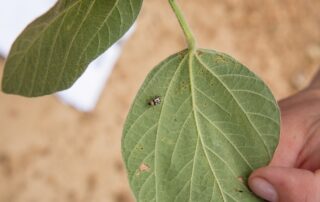
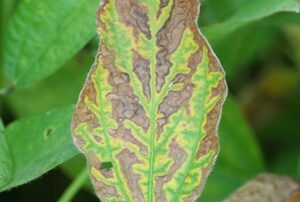
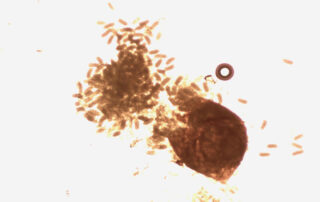
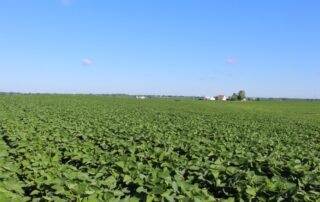
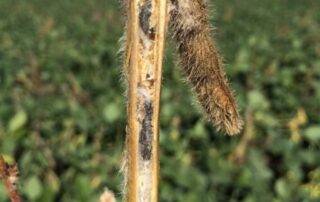
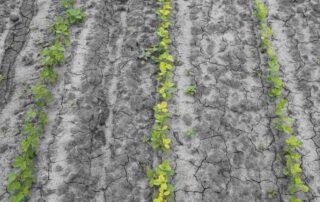

 and then
and then